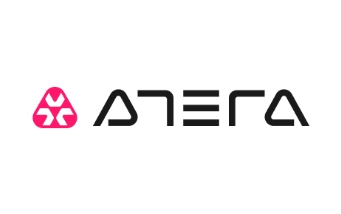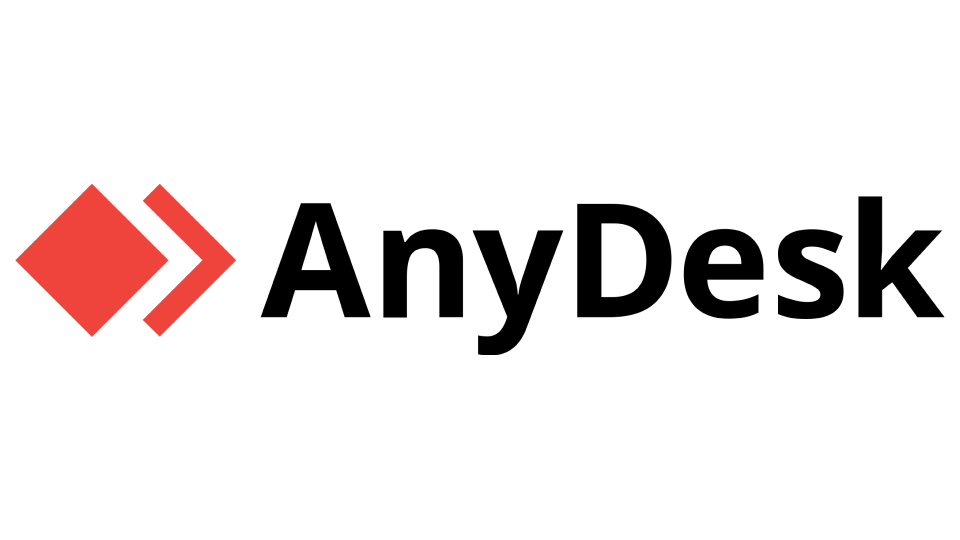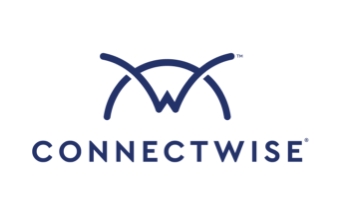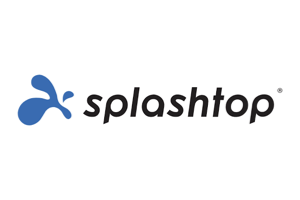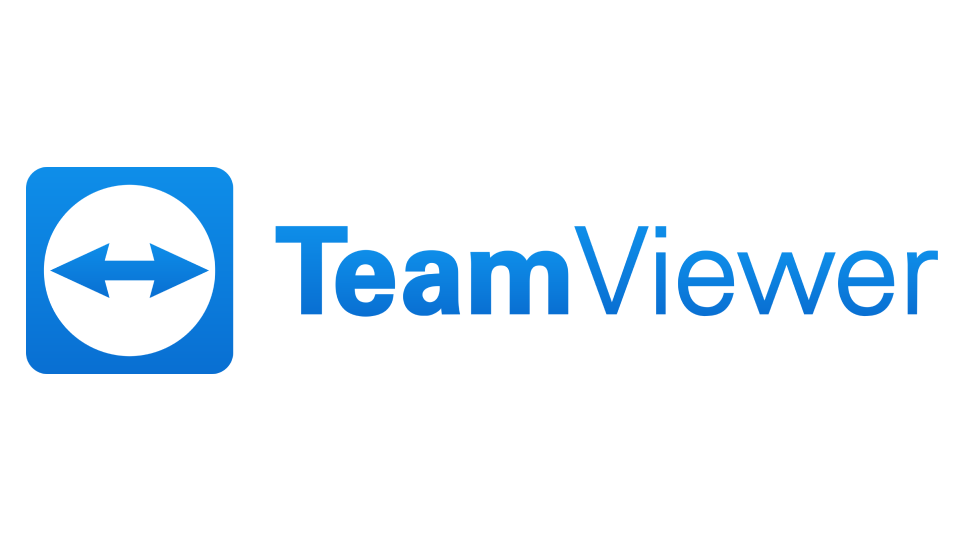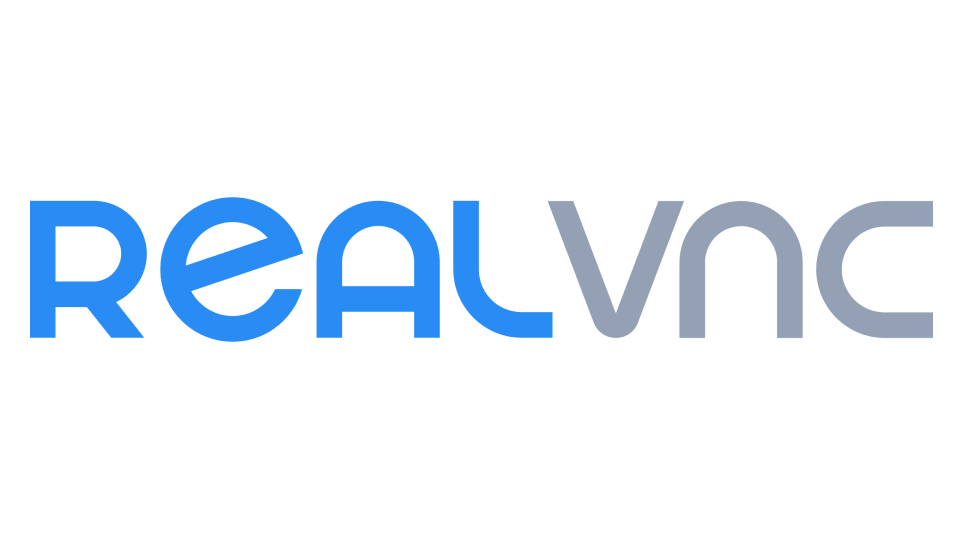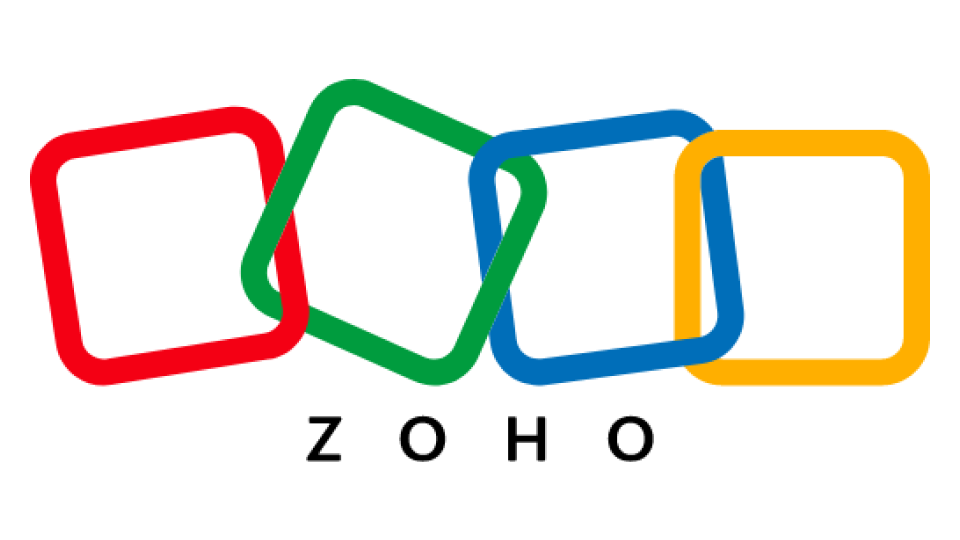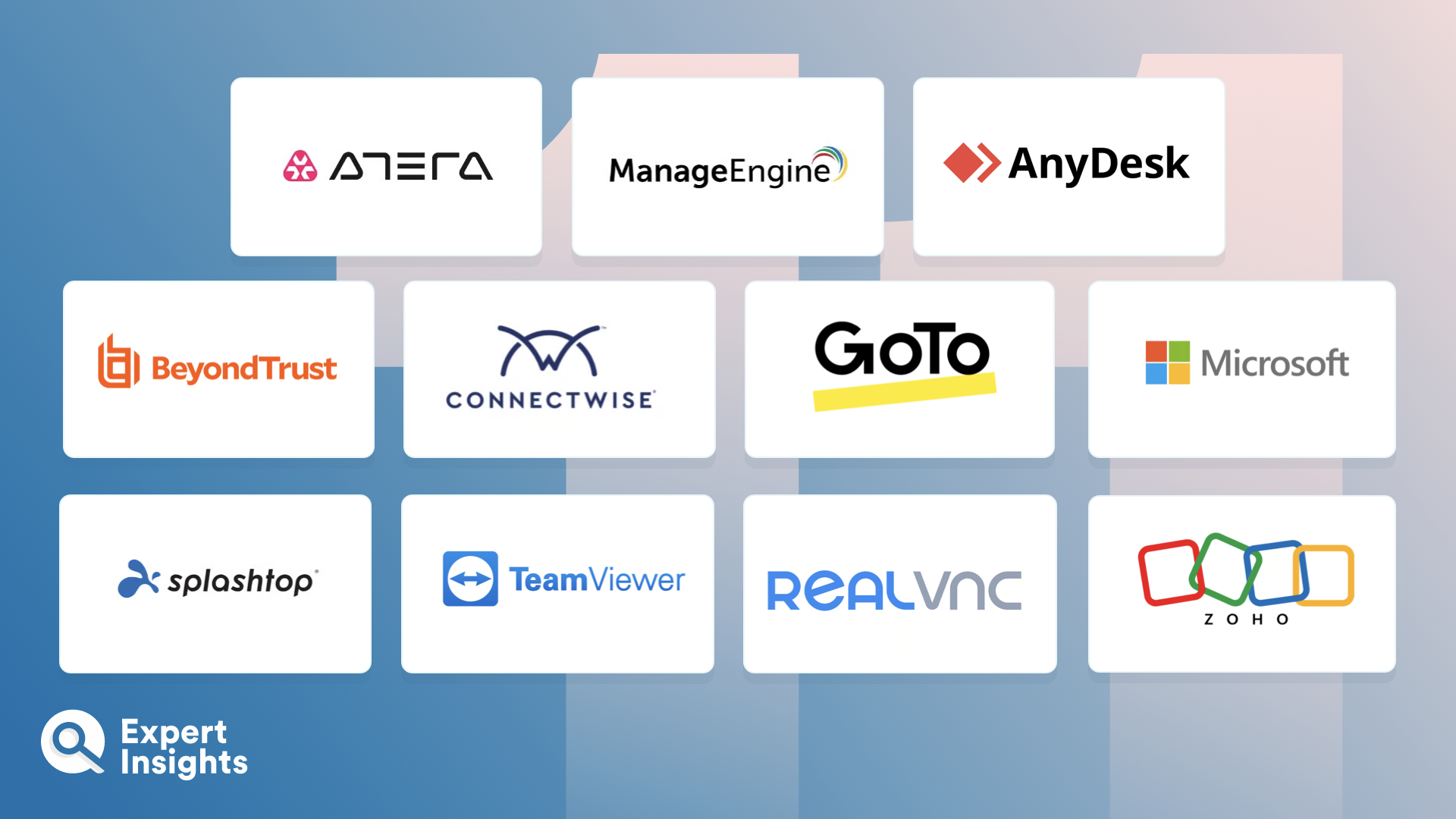Remote Desktop Software: Everything You Need To Know (FAQs)
What Is Remote Desktop Software?
Remote desktops provide users with a way to tap into a device without needing to be physically connected to or even in the same location as the host device. Someone accessing the device in this manner will be able to interact with files, documents, and software in the cloud. While the term ‘desktop’ is primarily used, it can refer to various device types, including PCs, servers, smart devices, applications, or any device capable of enabling remote connection and access.
Remote desktop software works by capturing a device’s screen, mouse, and keyboard inputs and transmitting them to another device, where they can be controlled by a secondary user remotely. This method is commonly used by tech support professionals to troubleshoot and solve issues on a client’s computer.
A remote desktop software solution, once implemented, essentially runs on the Windows server – or the host – that powers the operating system and applications on top of it. The solution creates a virtual desktop projected onto the clients’ devices using Remote Desktop Protocol (RDP). This protocol captures mouse and keyboard inputs from the client devices, sending them to the server for further action.
Why Is Remote Desktop Software Important?
In the modern era, home and hybrid work environments have become the norm. Since the pandemic, there’s been a significant rise in partially or fully remote workforces, with no signs of reverting to pre-pandemic conditions. According to the Office for National Statistics, data from February 2022 indicates that 84% of workers who had worked from home during the pandemic wished to continue incorporating remote work into their future routines.
This means increasingly businesses are employing remote and hybrid workers that need robust support and security. Remote desktop software tools allow these employees to maintain productivity and security, especially when the standard office structure and support are unavailable. Remote desktop software is crucial for businesses connecting teams across different locations. These solutions are excellent for delivering IT assistance or general support to those working from remote endpoints, enhancing the user experience for both employees and clients.
Modern remote desktop solutions must combine security, flexibility, and collaborative features. This combination ensures that IT teams can access devices remotely, troubleshoot issues from any location at any time, and save costs related to physical device transport.
What Are The Benefits Of Remote Desktop Software?
If your organization is considering employing a remote desktop software solution there are several benefits worth considering, including:
Facilitates Remote Working
Remote desktop software facilitates remote work by making it easier for employees to complete their workday away from the office. It gives them secure access to files, data, and software programs they need to complete their daily tasks.
Makes Businesses More Scalable
Remote desktop software are highly scalable, with a range of plans available to accommodate different sized organizations. This flexibility means that organizations pay for the services and number of users they require only, saving cost and making it so that reductions and increases in the workforce can be easily accommodated as the software adapts to the organization’s needs.
Stronger Technical Support
Organizations concerned with providing good technical support would be well served by a remote desktop software solution. These solutions are a great way for IT teams to quickly identify and efficiently resolve issues. The screen sharing feature offered by these solutions also makes it easy for IT professionals to conduct educational sessions to help users learn ways to resolve these issues themselves should they reoccur in the future.
More Effective Collaboration
Remote desktop software can help teams to collaborate better by allowing them to share files and screens more easily, making idea swapping and collaborative working much easier..
Better Security
The best remote desktop software solutions will come equipped with a range of security features and protocols designed to help ensure that any remote access that is granted is done safely and securely. This should give organizations some peace of mind, to know that what might have become a potential entry point for threats will instead be robustly defended.
Potential Challenges Of Using Remote Desktop Software
While using remote desktop software provides a lot of great benefits, these are challenges to consider before making the decision to incorporate this technology into your IT stack.
The first thing to be aware of is that a remote desktop solution will require bandwidth, which could potentially lead to performance issues like a lag in the movement of the mouse while accessing the computer remotely. The next important consideration to make is your choice of remote desktop software solution provider, and the features they provide.
Key Features To Look For In Remote Desktop Software
Organizations and their IT teams should give a lot of careful consideration to which vendor they go with, being sure to choose one with the capabilities and price that suits them best. We recommend solutions that offer the following features:
Desktop Sharing
The desktop sharing feature is a key capability for a remote desktop software solution. This feature enabes users to connect to a remote desktop, allowing you to see their screen, share your own screen, or even display your screen to multiple other users.
Multiple Monitor Navigation
With multi-monitor navigation you can view several screen setups within a support session, allowing for navigation across two or more connected windows so you can switch between viewing each users monitor with a simple click.
Automatically Reboot and Reconnect
It is very important to be able to reboot a remote computer and automatically reconnect, as this allows you to bring the computer back to a cleaner state by clearing the memory and caches, boosting the performance. It is also necessary to install necessary software patches and updates.
Unattended Access
With this feature there is no need to disrupt or inconvenience the users to gain control and resolve whatever issues they are in need of assistance with. Instead, technicians can gain control independently and make the necessary changes.
Built-In Live Chat
Instant messaging is a useful tool for delivering remote tech support, allowing admins to communicate and stay up to date on what is happening on the remote end in the most quick and efficient way.
Strong Security
Security is an essential feature of any remote connection. Strong encryption and device authentication goes a long way in keeping remote connections secure, allowing workers to receive support without worrying about the security of their data and connection.



